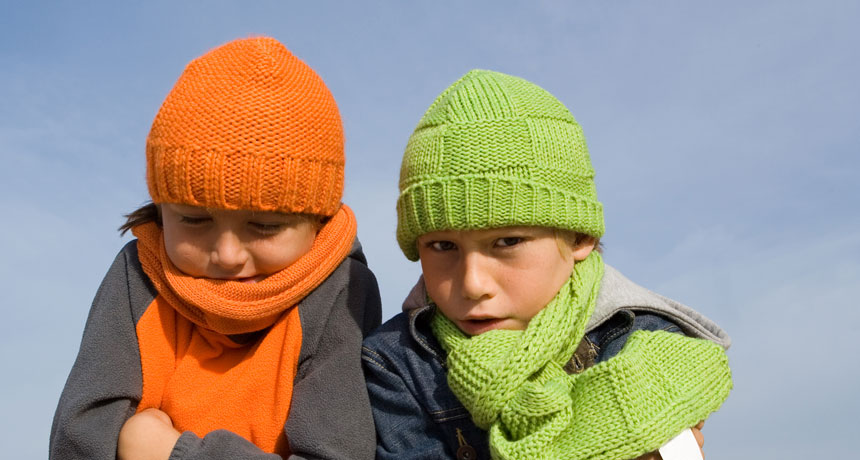Scientists Say: Hypothermia
This body temperature is cold, dangerously cold

Brr! Our bodies need to stay warm to preserve their functions. If a person’s body temperature drops too much, they can suffer from hypothermia.
mandygodbehear/iStockphoto
This body temperature is cold, dangerously cold

Brr! Our bodies need to stay warm to preserve their functions. If a person’s body temperature drops too much, they can suffer from hypothermia.
mandygodbehear/iStockphoto